Academic Publications
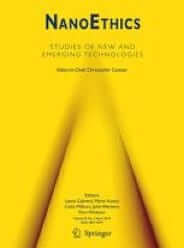
The ethics of nanotechnology: Pilot testing an evidence-based training module
2019
Nano Ethics, 13, 37-52
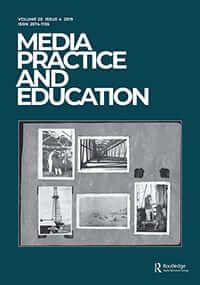
‘A chance for me to do good, make a real difference’: how citizen journalists in India view their role in social transformation
2019
Media Practice and Education, 20(4), 334-349
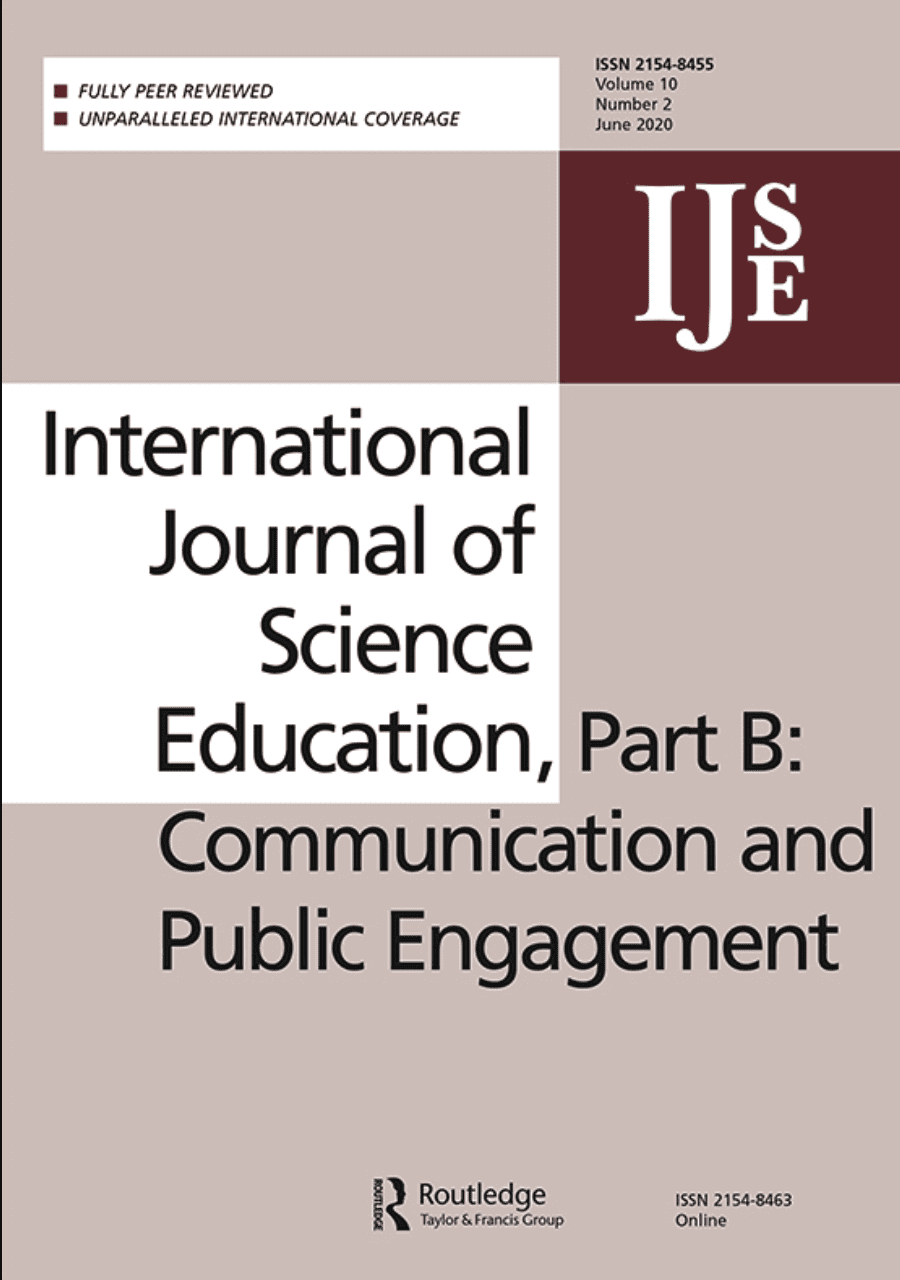
Scientific societies’ support for public engagement: an interview study
2019
International Journal of Science Education, Part B, 9(2), 140-153
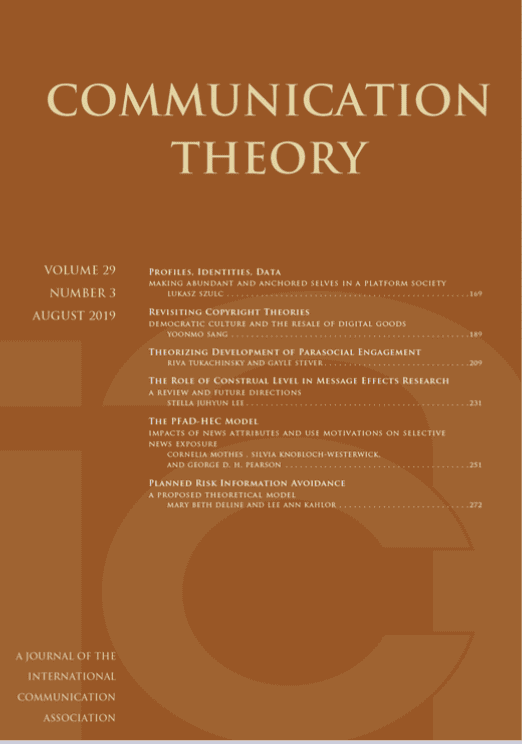
Planned Risk Information Avoidance: A Proposed Theoretical Model
2019
Communication Theory, 29, 360-382
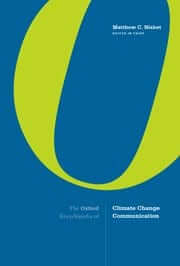
Portrayal and Impacts of Climate Change in Advertising and Consumer Campaigns
2019
In M. C. Nisbet (Ed.), The Oxford Encyclopedia of Climate Change Communication. Oxford University Press
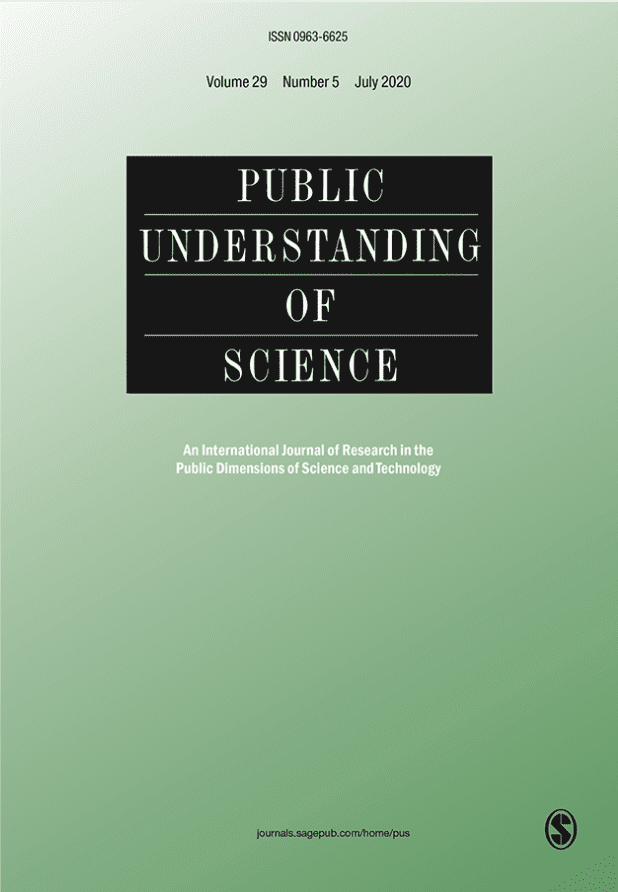
A comparison between scientists’ and communication scholars’ views about scientists’ public engagement activities
2019
Public Understanding of Science. 28(1): 101-118
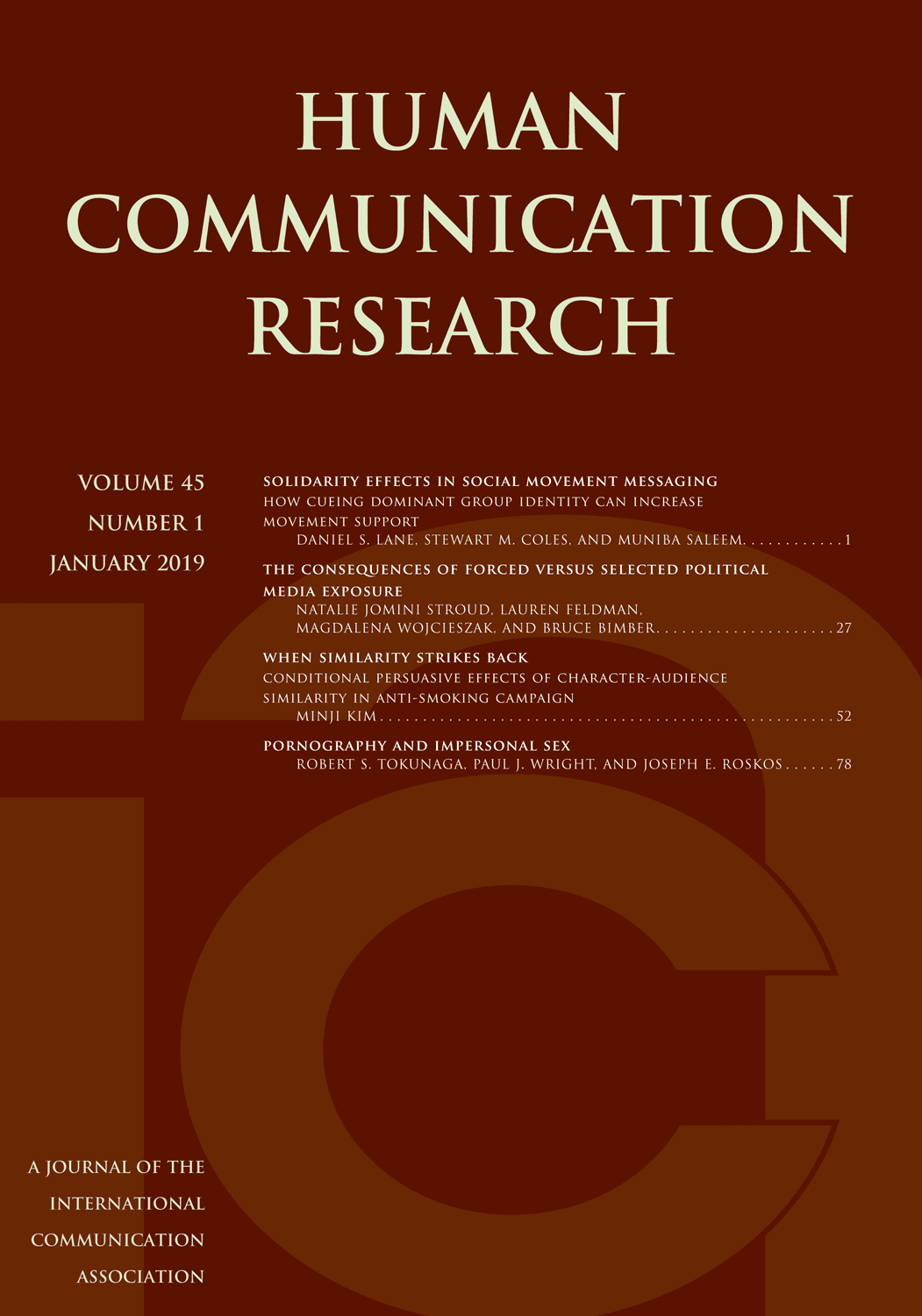
The consequences of forced versus selected political media exposure
2019
Human Communication Research, 45(1), 27–51

Using controlled and field experiments to create and test digital news quizzes
2019
SAGE Research Methods Cases
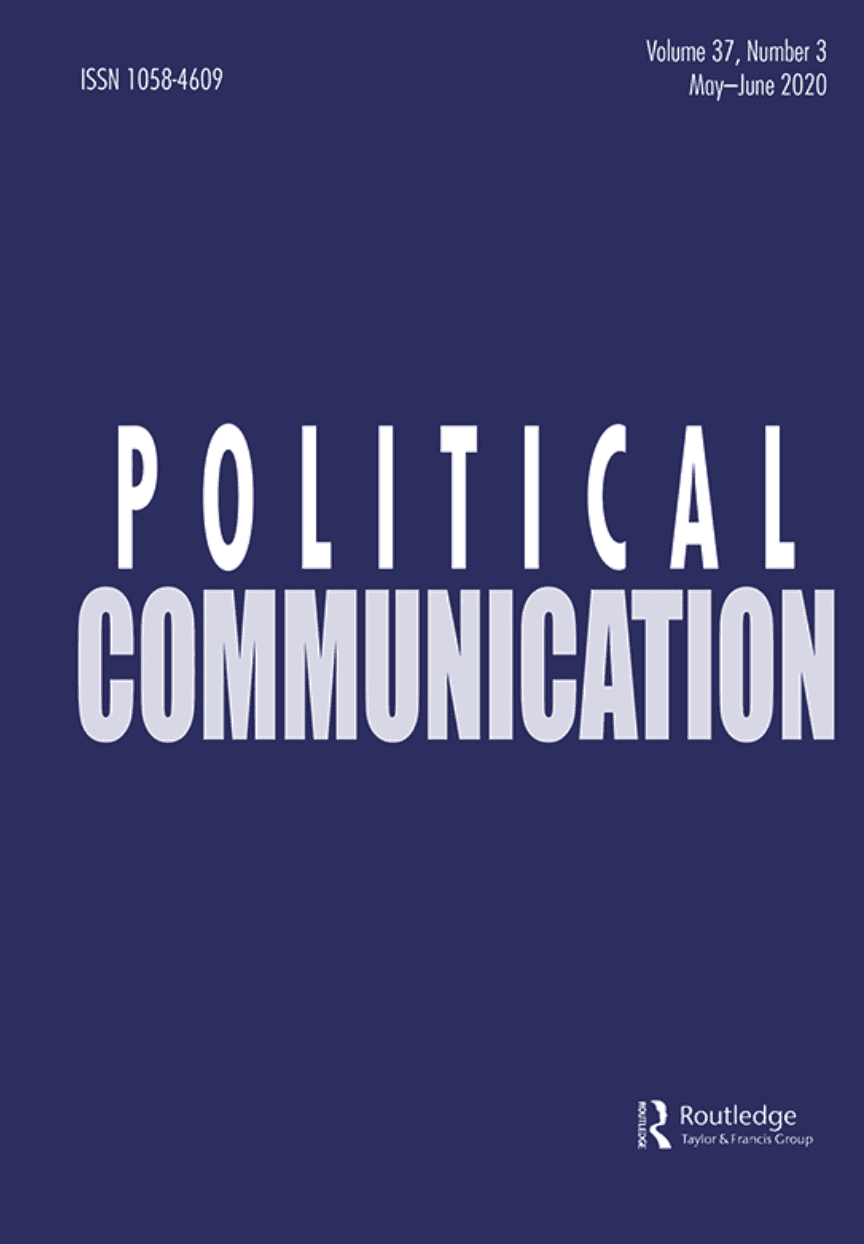
(Re)Claiming our expertise: Parsing large text corpora with manually validated and organic dictionaries
2019
Political Communication, 36(2), 214-226
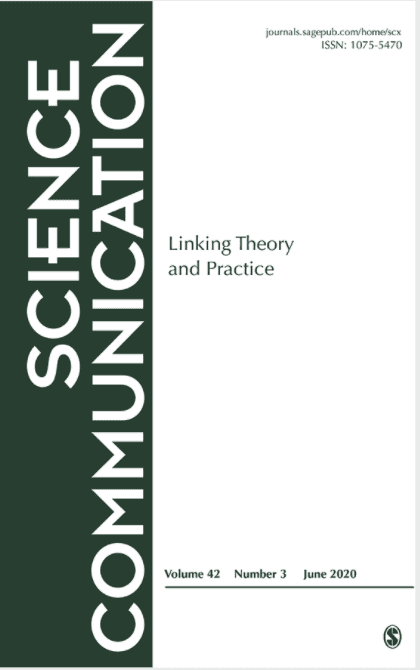
Understanding scientists’ willingness to engage
2018
Science Communication, 40(5), 559-590
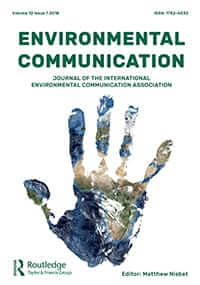
Enduring Extremes? Polar Vortex, Drought, and Climate Change Beliefs
2018
Environmental Communication, 12(7), 876-894
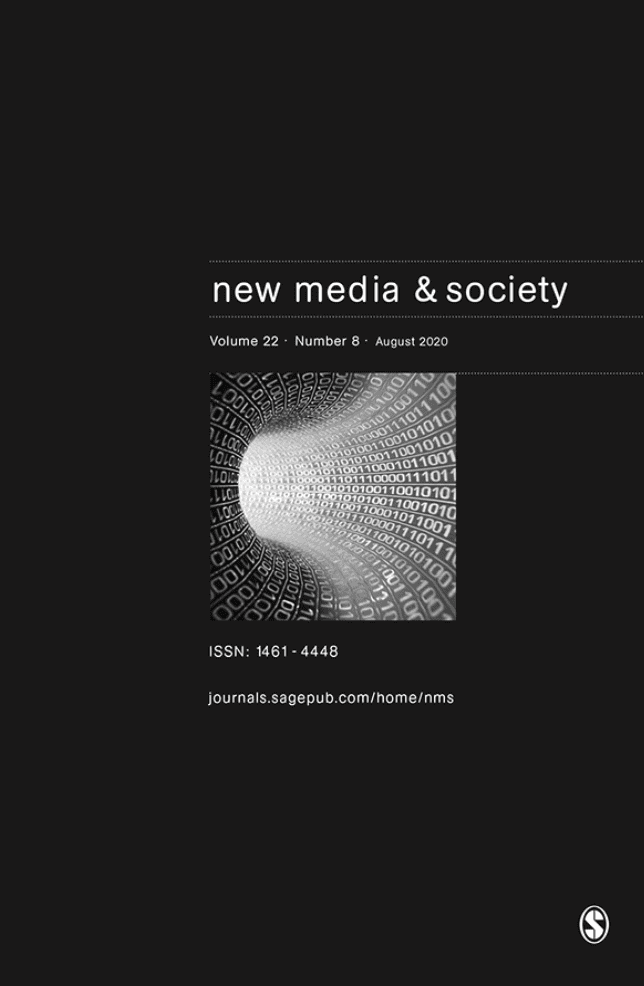
Twitter versus Facebook: Comparing incivility, impoliteness, and deliberative attributes
2018
New Media & Society, 20(9), 3400–3419
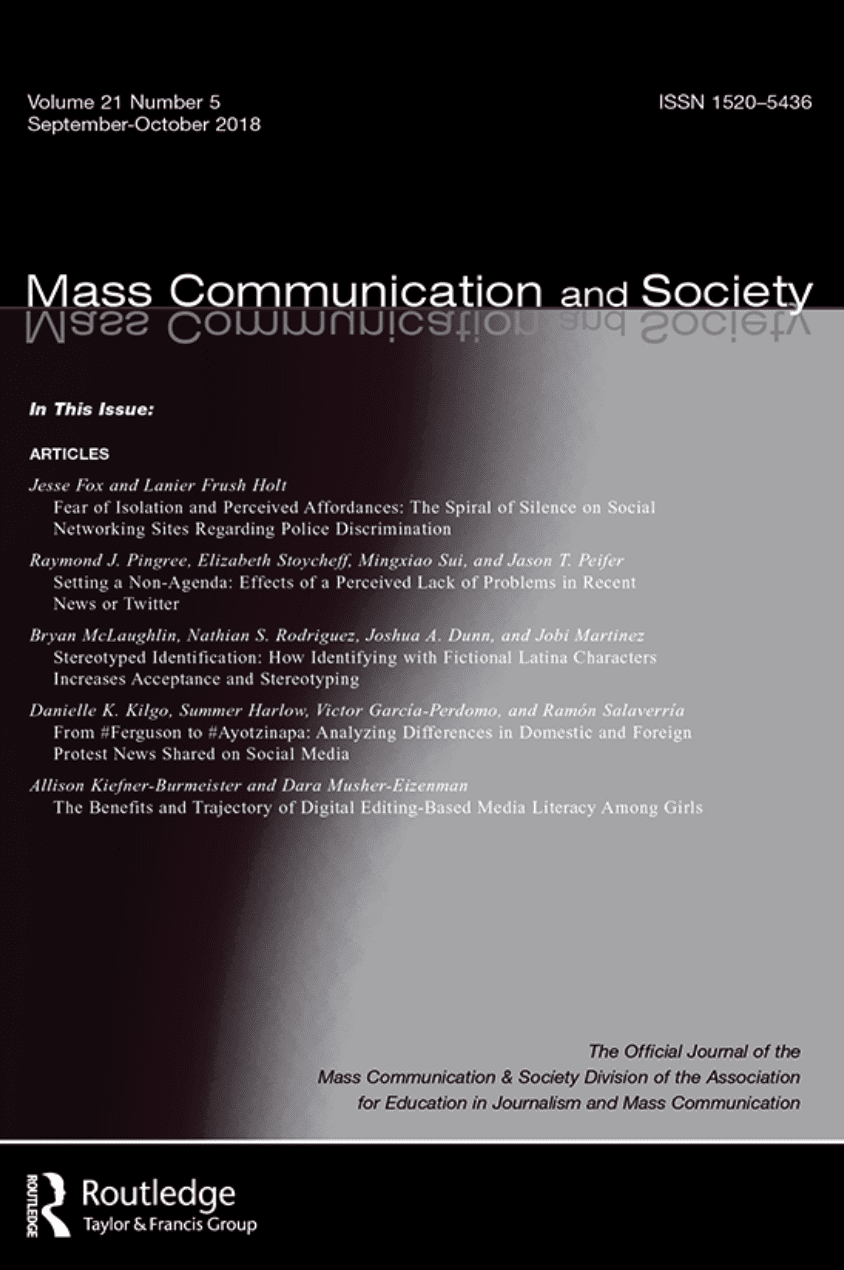
Risky Politics: Applying the Planned Risk Information Seeking Model to the 2016 U.S. Presidential Election
2018
Mass Communication and Society, 21, 697-719
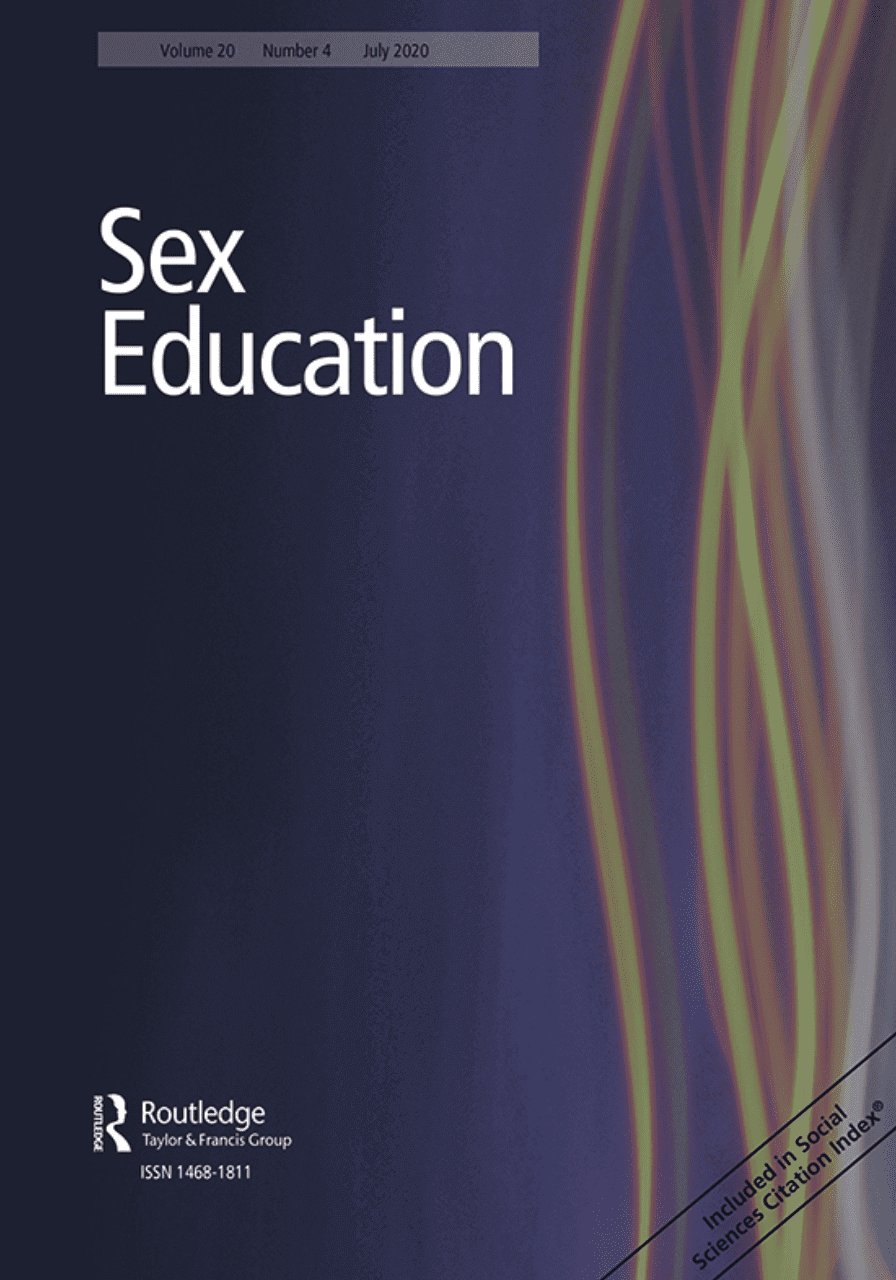
Intensifying the burden: The implications of individual responsibility messages in black female-targeted HIV/AIDS public service announcements
2018
Sex Education, 18 (5), 571-586

Scientists’ views about communication objectives
2018
Public Understanding of Science, 27(6), 708-730
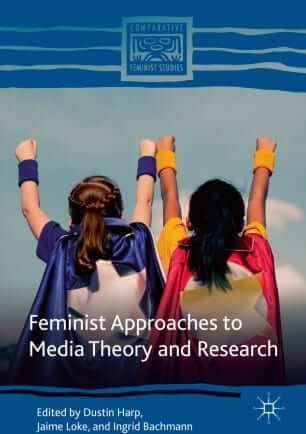
“Hashtag feminism”: Activism or slacktivism?
2018
In: Harp D., Loke J., Bachmann I. (eds) Feminist Approaches to Media Theory and Research

Never easy to say “sorry”: Exploring the interplay of crisis involvement, brand image, and message appeal in developing effective corporate apologies
2018
Public Relations Review
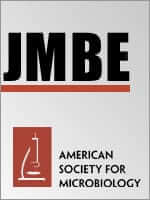
Microbiologists’ public engagement views and behaviors
2018
Journal of microbiology & biology education, 19(1)
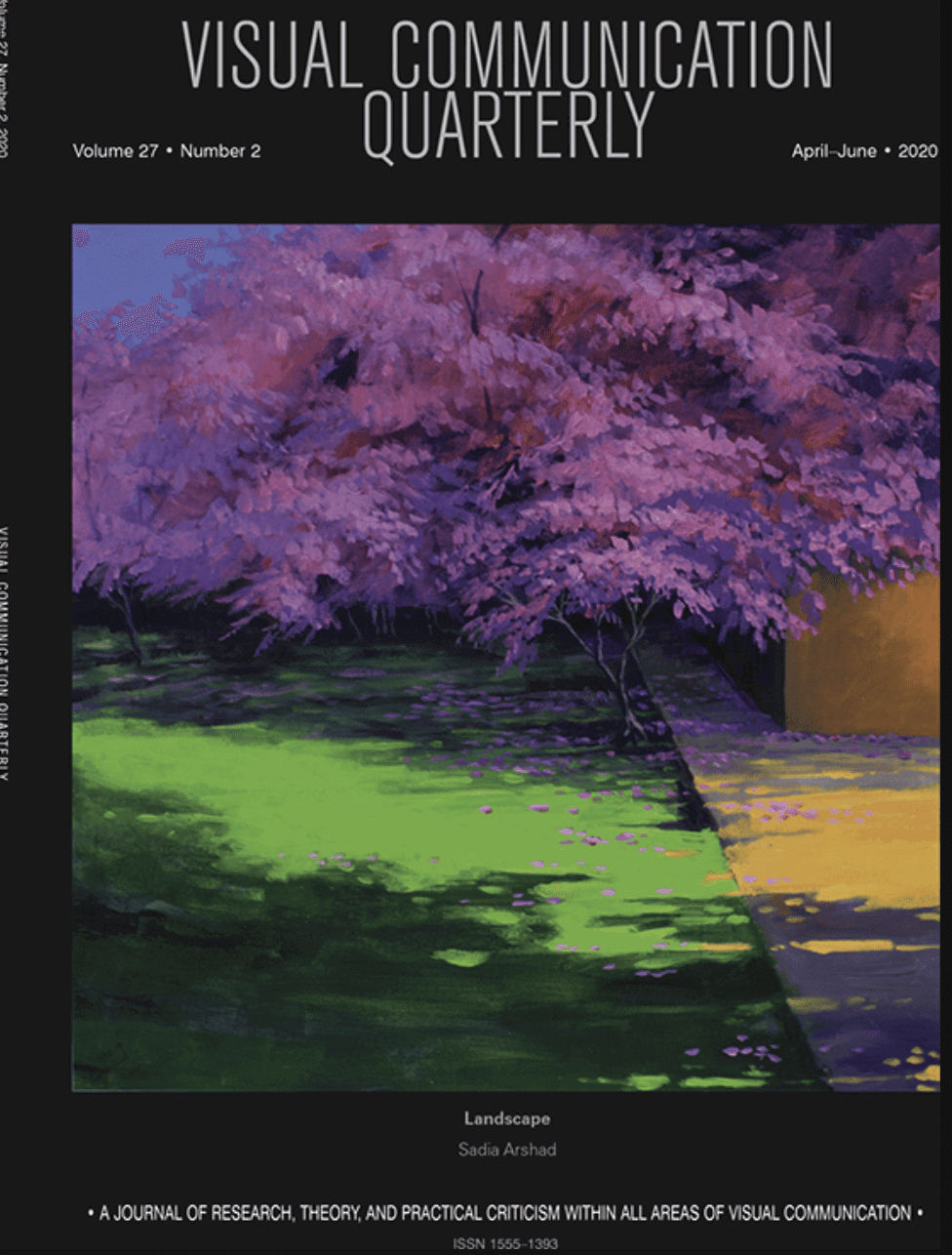
Visual assertions: Effects of photo manipulation and dual processing for food advertisements
2018
Visual Communication Quarterly, 25(1), 16-30
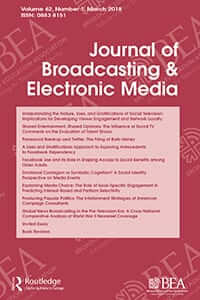
Explaining media choice: The role of issue-specific engagement in predicting interest-based and partisan selectivity
2018
Journal of Broadcasting & Electronic Media, 62(1), 109-130
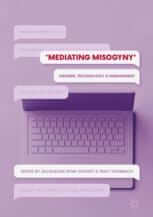
#NastyWomen: Reclaiming the twitterverse from misogyny
2018
In: Vickery J., Everbach T. (eds) Mediating Misogyny

Like, recommend, or respect? Altering political behavior in news comment sections
2017
New Media & Society, 19(11)

Entertainment Film and TV Portrayals of Climate Change and Their Societal Impacts
2017
In Oxford Research Encyclopedia of Climate Science

News values, cognitive biases, and partisan incivility in comment sections
2017
Journal of Communication, 67(4), 586‐609
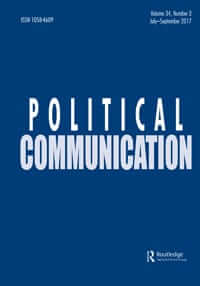
Attention as a valuable resource
2017
Political Communication, 34(3), 479-489

Two-way communication between scientists and the public: A view from science communication trainers in North America
2017
International Journal of Science Education, Part B, 7(4), 341-355

Scientists’ views about public engagement and science communication in the context of climate change
2017
In Oxford Research Encyclopedia of Climate Science

Digital divisions: Organizational gatekeeping practices in the context of online news
2016
#ISOJ, The Official Research Journal of the International Symposium on Online Journalism, 5(1), 106‐123
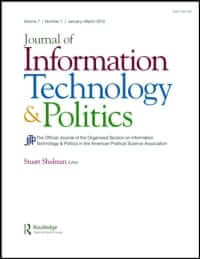
The influence of online quizzes on the acquisition of public affairs knowledge
2016
Journal of Information Technology & Politics, 13(4), 311-325
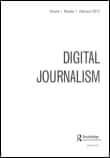
The presence and use of interactive features on news websites
2016
Digital Journalism, 4(3), 339-358

